Welcome to “The Mobile City,” our weekly roundup of noteworthy transportation developments.
Delawareans all know that president-elect Joe Biden is a super-commuter: as U.S. Senator from Delaware, he commuted from his Wilmington home to Washington every day via Amtrak to do the people’s business. And the national passenger railroad will likely be one of the main beneficiaries of President-elect Joe Biden’s transportation program, but the nation’s road-builders should also be happy, for he is likely to deliver the huge infrastructure spending bill legislators in both parties support but President Donald Trump never delivered.
Something else that may be coming to a transit system near you: On-demand bus service using actual buses. In the course of arguing that technology could make mass transit better for everyone, a Washington State transit advocate points to the transit system in Sioux Falls, S.D., where buses no longer run on fixed routes according to a schedule but rather go to where the passengers are to pick them up, then deliver them closer to their destinations.
This kind of service would be next to impossible to provide in most of our post-World War II suburbs, where dendritic street networks make getting around by any means other than a car exceedingly difficult. So perhaps a recent research paper is stating the obvious when it finds that reintroducing street grids to new communities would reduce car ownership.
What We Can Expect from a Biden Transportation Program
The nation’s best-known Amtrak commuter has just been elected as our 46th president. So it should perhaps be no surprise that the national passenger railroad should be one of the big beneficiaries of president-elect Joe Biden’s transportation plans. But, as Curtis Tate writes in USA Today, Amtrak won’t be the only winner.
Airline and other transportation workers should also come out ahead. Many of them have been laid off since the first coronavirus relief package expired without a followup. Biden has pledged to support additional coronavirus relief, but in the meantime, unions representing airline, Amtrak and hospitality workers say they can’t wait until January to get the assistance they need. (Given President Trump’s fixation with proving he won the election, however, they more than likely will have to wait.)
Biden also plans to deliver on a promise the Trump administration never kept, namely, shoveling lots of money into transportation infrastructure. His “sustainable infrastructure and clean energy” plan calls for investing $1.3 trillion over 10 years in transportation infrastructure, starting with $50 billion in Year One for highway repairs.
The plan also promises to bring zero-emissions public transportation options to every U.S. city of 100,000 or more residents. These include light rail, electric-powered transit buses, and bike and pedestrian infrastructure. This part of the plan also aims to expand the use of electricity and other clean fuels in transit vehicles, school buses and ferries.
High-speed intercity rail should also get more support. That includes putting new Hudson River tunnels into New York back on the front burner along with eliminating Northeast Corridor slow spots, but projects in Texas, California and elsewhere should also get support.
And electric vehicles should also get a boost: Biden proposes spending $1.7 billion over 10 years to purchase electric cars, trucks and vans for government vehicle fleets. (At least one U.S. car and truck manufacturer will be ready to supply them.)
Finally, by bringing the United States back into the Paris Accords on carbon emissions, the Biden administration would recommit to decarbonizing the nation’s passenger air fleet.
Transit Police Departments Answer the Call for Reform
Generally speaking, the protesters issuing calls to reduce police funding and redirect the money to social-service interveners weren’t thinking specifically of transit police departments. But the transit cops are responding to the call anyway, reports Progressive Railroading.
Some agencies actually are cutting their police forces. The board of the Tri-County Metropolitan Transportation District of Oregon (Tri-Met) in Portland voted in July to reduce the size of its police force by six officers and redirect $1.8 million in funding to community-based public safety programs. It also committed to piloting non-police crisis response strategies such as mobile crisis intervention teams for mental and behavioral health issues of community members the agency engages with.
Others have redeployed funding and personnel to community-oriented policing strategies. The New Jersey Transit Police Department, for instance, has increased the size of its community outreach unit from two to five officers, and Metropolitan Atlanta Rapid Transit Authority (MARTA) CEO Jeffrey Parker announced that his agency’s police department would be grounded in community-oriented policing approaches.
Meanwhile, in Los Angeles, the Los Angeles County Metropolitan Transportation Authority (LA Metro) has referred the issue of reforming transit police practice to a 15-member Transit Public Safety Advisory Committee charged with developing community-based policing approaches and developing a more accountable police culture.
Mobility on Demand Rides the Bus
Micromobility providers like Via and Moovit have been leaders in creating a whole new kind of mass transit. Known as “microtransit” or “mobility on demand,” the systems these companies set up rely not on riders going to bus stops and waiting for vehicles to show but on riders summoning minibuses and passenger vans to locations near them when they’re ready to ride. The vehicles then continue on their way, picking up other riders on demand and delivering them to or close to their desired destinations.
In theory at least, nothing prevents the technology that makes this possible couldn’t be applied to ordinary city buses. And a Washington State transit advocate, writing in the Tri-City Herald of Kennewick, notes that one U.S. city has already gone there.
That city is Sioux Falls, S.D. The Sioux Area Metro (SAM) transit system there has partnered with a Canadian technology company called Pantonium to supply it with technology that will allow it to “shift fixed-route service to corner-to-corner on-demand service.” The technology comes in the form of an app called SAMFlex that allows passengers to book rides on buses and pay fares ibn advance. Once a SAMFlex user books a ride, the app directs them to a nearby bus stop no more than three blocks away. The bus that picked them up then continues on its way, picking up other riders who have summoned it and bypassing other stops. According to the article, up to 70 to 80 percent of bus stops on a route can be bypassed using the technology, allowing for more efficient use of the bus fleet. And it makes possible expanding the area a bus route serves and attracting new riders thanks to the faster trip.
“As a result,” Mariya Frost of the Washington Policy Center writes, “low-income workers had more options to get to work. Rather than a traditional hub-and-spoke system, where routes run downtown and then back out to a suburb, the on-demand algorithm can route buses on the fly, allowing people to travel directly to their destination without long detours. Workers tend to look for jobs they can reach in less than an hour and expanding the territory they can reach with transit opens up new job options for them.”
Pantonium calls its service “on-demand macrotransit” because it applies the algorithms that make microtransit services work to standard city bus service.
More Street Grids, Fewer Cars
Maybe instead of pouring money into bike lanes, improved pedestrian facilities and light rail lines, American transportation planners and their city-planner cousins should go back in time in order to create a lower-car future by using an ancient but long-disfavored city-building technology: the traditional street grid.
At least that’s what a research paper in the current Journal of the American Planning Association argues. Titled “Off the Grid…and Back Again?”, author Geoff Boeing presents research in progress that finds that there is a correlation between the griddedness of a city street network and car ownership: the greater the gridded connections, the lesser the level of car ownership. The longer blocks, greater curves and greater dead-end and cul-de-sac streets that characterize American suburban development since 1940 are associated with both a higher level of car ownership and more vehicle miles traveled. And as the reintroduction of gridded community plans has advanced since 2000 — a trend we can perhaps credit the New Urbanists with advancing — the level of car ownership and use has also fallen, though not by as much as It might have were these communities connected to more gridded road networks around them.
“Interconnected grid-like street networks offer practitioners an important tool for curbing car dependence and emissions,” Boeing writes in the abstract. “Once established, street patterns determine urban spatial structure for centuries, so proactive planning is essential.”
Boeing is an assistant professor in the Department of Urban Planning and Spatial Analysis at the University of Southern California’s Sol Price School of Public Policy and director of USC’s Urban Data Lab.
Know of a development that should be featured in this column? Send a Tweet with links to @MarketStEl using the hashtag #mobilecity.

Next City contributor Sandy Smith is the home and real estate editor at Philadelphia magazine. Over the years, his work has appeared in Hidden City Philadelphia, the Philadelphia Inquirer and other local and regional publications. His interest in cities stretches back to his youth in Kansas City, and his career in journalism and media relations extends back that far as well.
Follow Sandy .(JavaScript must be enabled to view this email address)

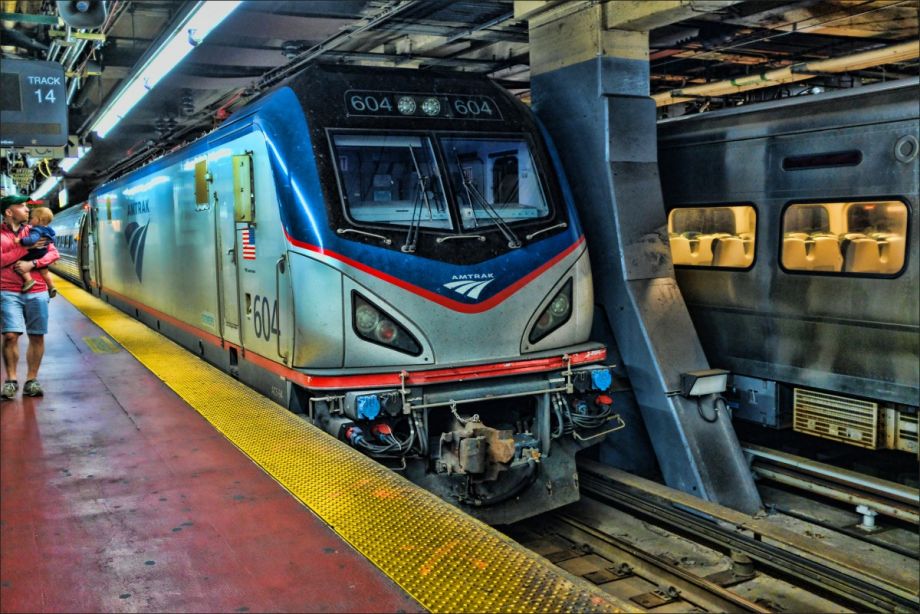
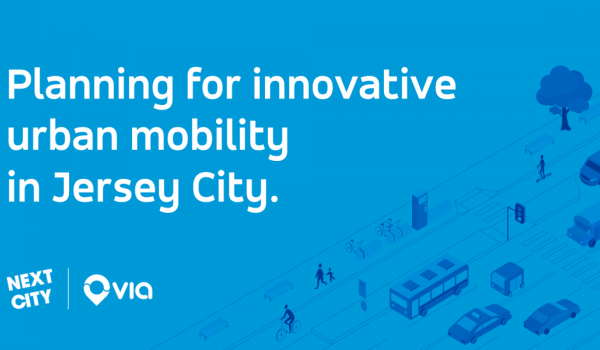
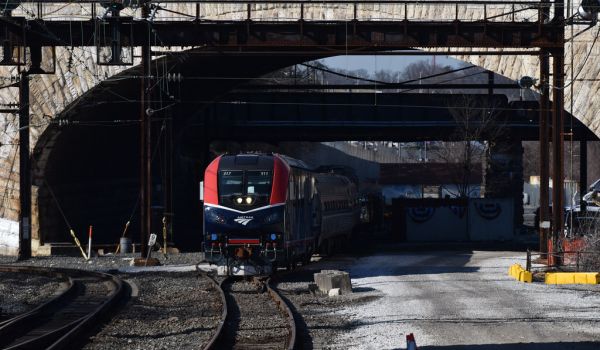
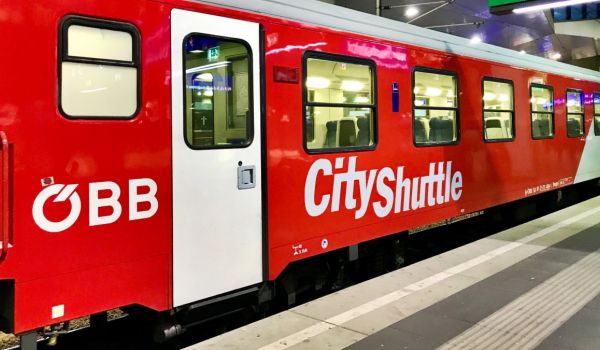
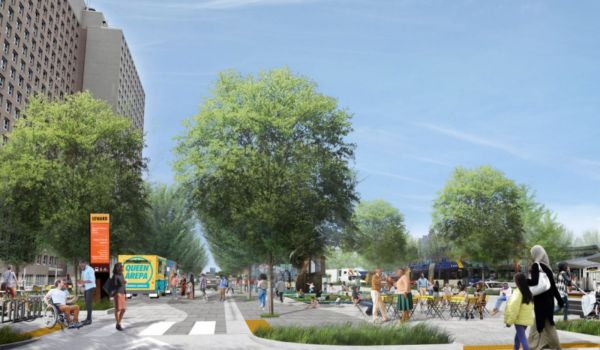
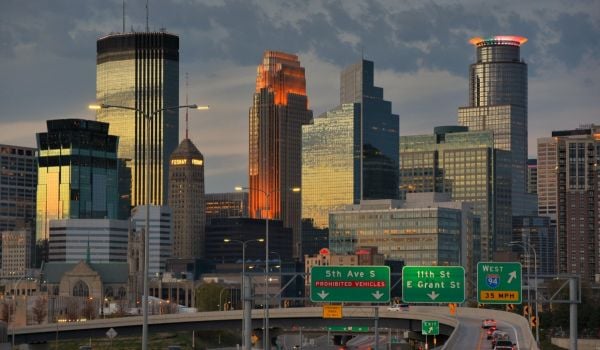
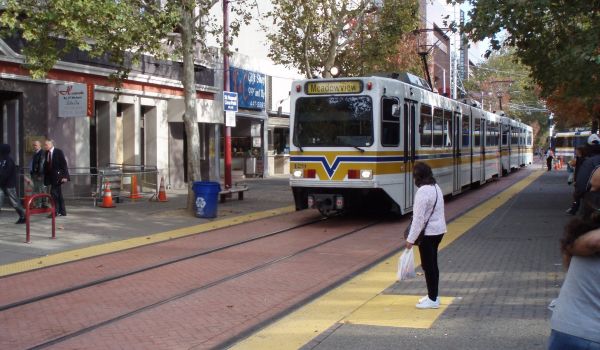

_600_350_80_s_c1.jpg)






